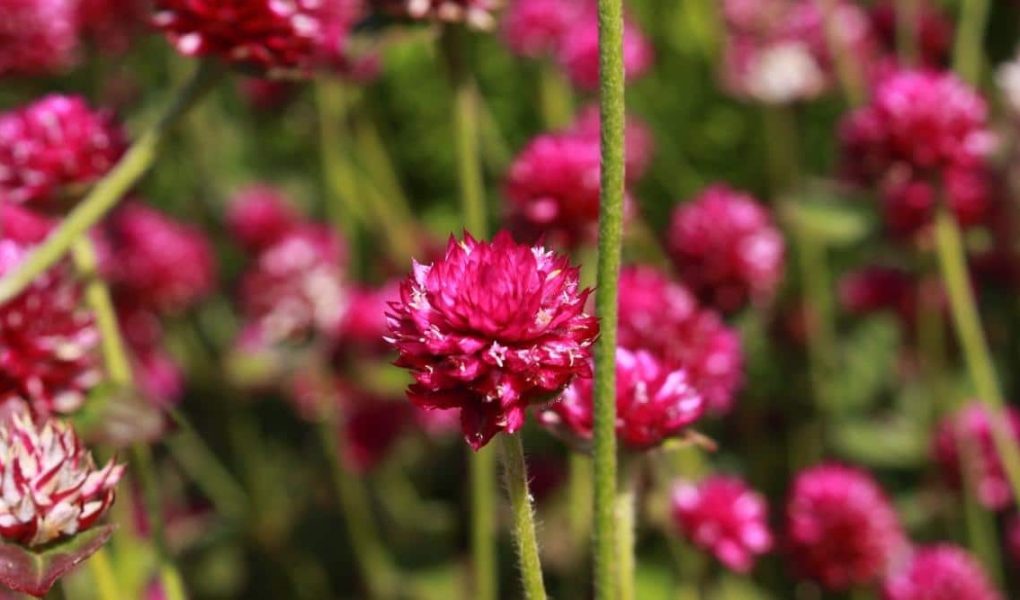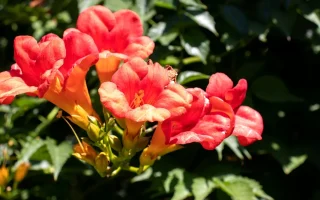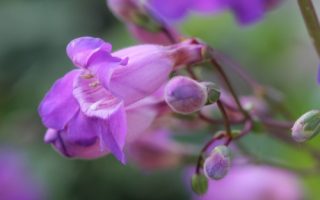kimzolciakwedding.com – Globe Amaranth (Gomphrena globosa) is a unique and resilient flower known for its striking, globe-shaped blooms that bring lasting color to gardens and landscapes. Native to Central America, Globe Amaranth has become a popular choice among gardeners for its hardy nature, long-lasting flowers, and ability to thrive in a range of climates. Whether you’re looking to fill in a flower bed, add color to a container garden, or create a cut flower arrangement, Globe Amaranth is an excellent choice. Here’s everything you need to know about this charming and versatile flower.
Appearance and Characteristics
Globe Amaranth is recognized for its bright, spherical blooms that resemble colorful pom-poms. The flowers typically come in shades of purple, pink, red, white, and orange, with some varieties even offering multi-colored heads. These vibrant blooms are actually bracts that surround small, insignificant flowers, giving the plant its unique appearance.
The plant itself is a low-growing, bushy perennial or annual, depending on the climate. It can reach heights of 12 to 18 inches and typically has a spread of about 12 inches. Globe Amaranth has narrow, dark green leaves that provide a nice contrast to its colorful blooms. The flowers appear throughout the summer and fall, providing long-lasting color and attracting pollinators such as bees, butterflies, and hummingbirds.
Planting and Growing Conditions
Globe Amaranth is a relatively easy-to-grow plant that thrives in full sun. It requires at least 6 hours of direct sunlight per day to produce abundant blooms. The plant prefers well-drained, slightly acidic to neutral soil, although it can tolerate a variety of soil types, including sandy and loamy soils. It is an excellent choice for dry or drought-prone gardens, as Globe Amaranth is very drought-tolerant once established.
When planting Globe Amaranth, it’s important to choose a location with good drainage. If you’re growing them from seeds, start them indoors 8 to 10 weeks before the last frost or sow them directly outdoors after the danger of frost has passed. Space the plants about 12 inches apart to allow room for their bushy growth and to ensure proper air circulation.
Care and Maintenance
Globe Amaranth is a low-maintenance plant that requires minimal care. Once established, it is drought-tolerant and needs very little supplemental watering. However, it’s important to keep the soil evenly moist during the early stages of growth. Over-watering should be avoided, as it can lead to root rot.
Fertilization is not necessary for Globe Amaranth, but a light application of balanced fertilizer can help promote healthy growth and more abundant blooms. You can apply the fertilizer in early spring, before the plant starts flowering, or during the growing season if the plant shows signs of nutrient deficiency.
Deadheading spent blooms will encourage new flower production and help the plant maintain a tidy appearance. While Globe Amaranth is a hardy plant, it can be cut back if it becomes leggy or overgrown. After the flowering season, the plant can be trimmed to the ground, and new growth will appear in the spring.
Pests and Problems
Globe Amaranth is relatively pest-resistant, but it can occasionally be affected by aphids or spider mites. These pests can be controlled using insecticidal soap or by introducing natural predators such as ladybugs. Additionally, because Globe Amaranth attracts pollinators, it can help support beneficial insect populations in the garden.
The plant is also relatively disease-resistant. However, like many flowers, Globe Amaranth can be susceptible to fungal diseases such as powdery mildew, especially if grown in humid conditions. To prevent this, ensure proper air circulation around the plant and avoid overhead watering. If powdery mildew appears, remove affected leaves promptly and treat with a fungicide if necessary.
Uses in Landscaping
Globe Amaranth is a versatile plant that works well in a variety of landscaping settings. Its bright, colorful blooms make it ideal for adding vibrancy to flower beds, borders, and containers. Globe Amaranth’s compact size makes it perfect for smaller gardens or as an edging plant along walkways or garden paths.
In addition to its aesthetic value, Globe Amaranth is an excellent addition to wildflower gardens or pollinator-friendly plantings, as it attracts bees, butterflies, and hummingbirds. It can be planted alongside other drought-tolerant or heat-loving plants, such as lantana, zinnias, or marigolds, to create a colorful, low-maintenance garden that thrives in the summer heat.
One of the unique qualities of Globe Amaranth is that it is an excellent choice for cut flowers and dried arrangements. The colorful bracts of Globe Amaranth hold up well in floral arrangements, making it a popular choice for bouquets and decorative displays. The flowers also dry well and retain their vibrant color, so they can be harvested and used in dried flower arrangements that last for months.
Conclusion
Globe Amaranth is a hardy, low-maintenance flower that brings vibrant color, texture, and pollinator appeal to any garden. Its cheerful, pom-pom-like blooms are perfect for adding interest to flower beds, borders, and containers. Globe Amaranth’s drought tolerance, pest resistance, and versatility make it an excellent choice for gardeners of all skill levels. Whether you’re growing it for its stunning blooms, use in cut flower arrangements, or ability to attract pollinators, Globe Amaranth is sure to be a valuable addition to your garden.



